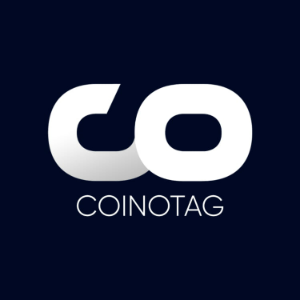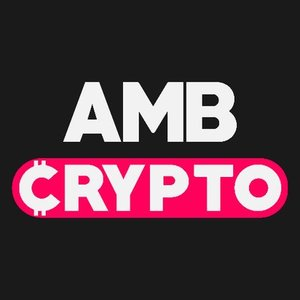Cronos EVM Hits Sub-Second Block Speeds To Support More Responsive DeFi Applications
3 min read
Source: Depositphotos Cronos has joined the sub-second blockchain club, rolling out a key upgrade that reduces its block confirmation times by ten-times. The upgrade to the Cronos EVM mainnet went live on July 3, reducing its average block interval time from 5.6 seconds to blazing-fast, sub-second speeds. It’s a major performance boost for the network that puts it in the ranks of the top ten fastest blockchains in the business, alongside similarly swift networks such as Solana, Sui, Sei and Aptos. Built to provide high throughput and interoperability with Ethereum and the Cosmos blockchain ecosystem, Cronos is an EVM-compatible smart contract blockchain was originally designed to support payments through Crypto.com’s prepaid debit card , which allows people to spend their crypto in real-world stores. Since then, the project has expanded and the network sees itself as a vital part of the Ethereum ecosystem, supporting the rollout of high-performance decentralized finance applications. For instance, it also powers Crypto.com’s Auto-Harvest feature , which allows users to convert DeFi rewards from staking and liquidity provision directly into fiat stablecoins so they can be used for everyday payments. Cronos is based on Ethermint, a highly-scalable blockchain framework that supports full interoperability with the Ethereum mainnet, meaning any Ethereum-based dApp can run on its network. It runs Ethermint as a Cosmos application-specific blockchain, which makes it possible for Cronos developers to access the best features of Ethereum while taking advantage of Ethermint’s superior performance and lower costs. With the latest update, it’s now even faster. According to Cronos, getting down to sub-second block finality has long been a key goal for the network, in-line with its mission to support high-performance decentralized finance and artificial intelligence applications that require more responsiveness. It said the achievement means it ranks as one of the lowest-latency Ethereum-compatible chains around, paving the way for the bulk of the world’s dApps to enjoy much faster transaction speeds. Cronos said the performance leap was made possible by recent innovations such as BlockSTM, a parallel execution engine that first appeared in the Cronos Pallene upgrade. With BlockSTM, it’s possible for multiple transactions to be processed simultaneously in a single block, and this capability is enhanced by an increase in block frequency. For users of Cronos-based applications, they’ll benefit from smoother interactions and near-instant responsiveness in things like payments and DeFi swaps. Meanwhile, developers can be assured of an improved user experience in the most demanding, high-frequency trading applications. The update is the second major performance boost Cronos has delivered in recent weeks, coming after a previous upgrade in June that reduced its network gas fees by around ten-times on average. Cronos Labs Head of Product & Engineering Mirko Zhao said the update is about delivering a new class of “ultra-fast” blockchain applications. “This upgrade reinforces our long-term commitment to developer experience and performance at scale,” he insisted. Cronos dApp users will appreciate the increased speeds and responsiveness, but even more encouraging is that today’s update shows that its developers can be relied on to keep their word, executing on a roadmap that calls for enhanced performance, lower costs and, ultimately, AI agent readiness and the next generation of automated DeFi applications. Disclaimer: This article is provided for informational purposes only. It is not offered or intended to be used as legal, tax, investment, financial, or other advice.

Source: Crypto Daily



